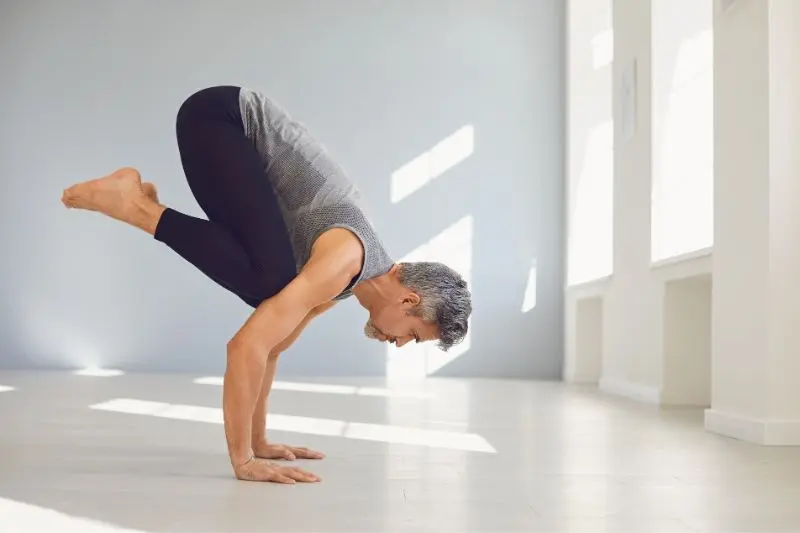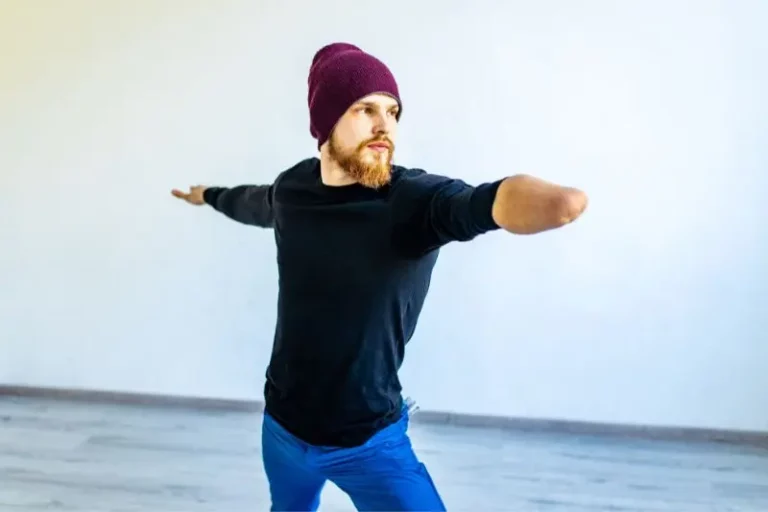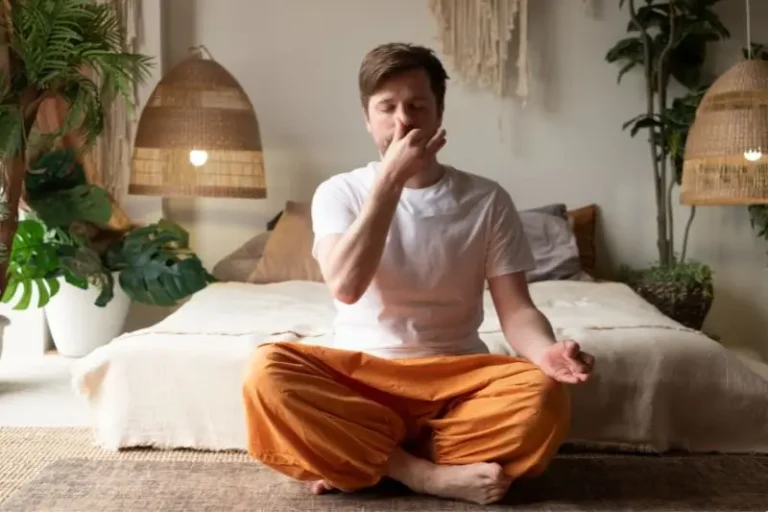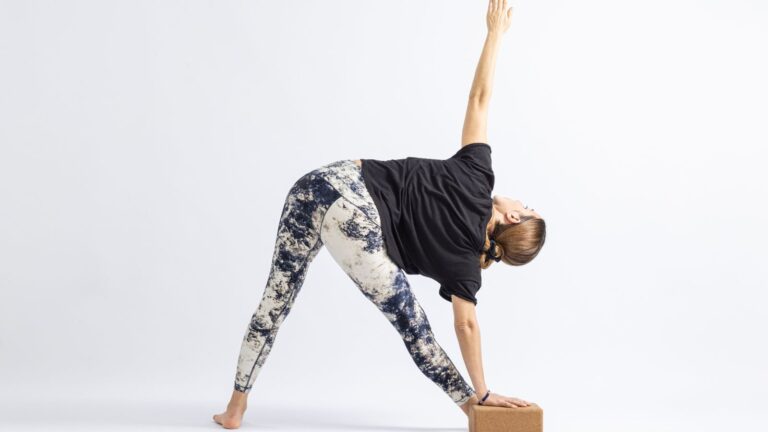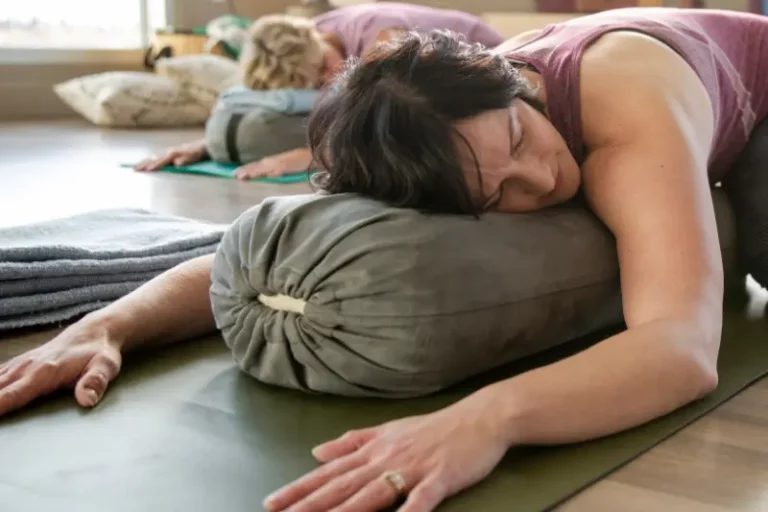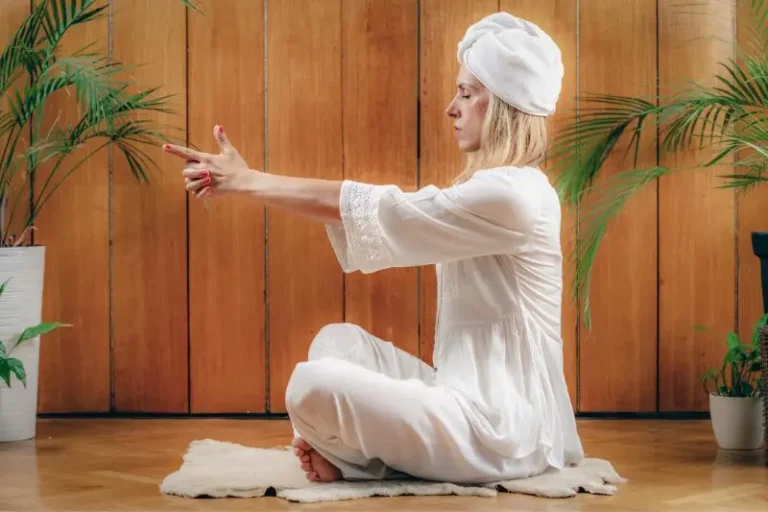Introduction
The practice of Sivananda Yoga can help you achieve inner peace and harmony by balancing your mind, body, and spirit. It helps you develop a stronger and more flexible body, a calmer and more focused mind, and a deeper connection to your inner self.It was developed by Swami Sivananda Saraswati, a renowned spiritual leader and yoga master who founded the Divine Life Society in Rishikesh.
What is Sivananda Yoga?
Sivananda Yoga is a popular style of yoga that emphasizes physical, mental, and spiritual well-being. Sivananda Yoga is based on the ancient teachings of yoga, which aim to help individuals achieve balance and harmony in their lives. The practice includes a series of postures (asanas), breathing exercises (pranayama), and meditation techniques that are designed to improve flexibility, strength, and overall health.
How does Sivananda Yoga support self-discovery?
Sivananda Yoga is a holistic approach to yoga that aims to help individuals discover their true potential. The practice encourages individuals to look inward and explore their thoughts, emotions, and physical sensations. Through the practice of yoga postures and breathing exercises, individuals are able to connect with their bodies and become more aware of their physical sensations. This increased awareness helps individuals to identify areas of tension and release them, leading to a greater sense of relaxation and calm.
In addition to physical postures, Sivananda Yoga also emphasizes the importance of meditation. Meditation is a powerful tool that can help individuals to quiet their minds, reduce stress, and gain clarity. Through regular meditation practice, individuals are able to become more aware of their thoughts and emotions. This increased awareness allows individuals to identify negative thought patterns and replace them with positive ones, leading to a greater sense of self-awareness and personal growth.
5 Principles of Sivananda Yoga
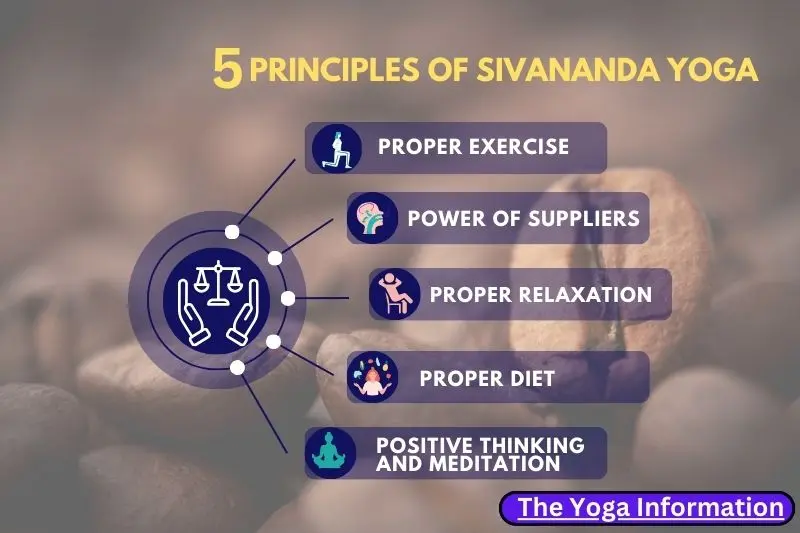
The Five Principles of Sivananda Yoga provide a holistic approach to health and wellness. By practicing proper exercise, breathing, relaxation, diet, and positive thinking and meditation, individuals can improve their physical, mental, and spiritual health.
Proper Exercise (Asanas)
Asanas, or yoga postures, are an essential part of Sivananda Yoga. These postures help to increase flexibility, strength, and balance. They also help to improve circulation and reduce stress.In Sivananda Yoga, there are 12 basic postures that are practiced regularly. These postures include the headstand, shoulderstand, plow, fish, seated forward bend, cobra, locust, bow, spinal twist, crow, standing forward bend, and triangle.
12 basic postures of Sivananda Yoga and their benefits
Headstand (Sirsasana) The headstand is a challenging posture that requires strength and balance. It improves blood circulation to the brain, relieves stress and anxiety, and promotes mental clarity.
Shoulderstand (Sarvangasana) The shoulderstand is an inverted posture that strengthens the neck, shoulders, and upper back. It also improves blood circulation to the thyroid gland, which regulates metabolism and energy levels.
Plow (Halasana) The plow posture stretches the spine and improves digestion. It also stimulates the thyroid gland and relieves stress and fatigue.
Fish (Matsyasana) The fish posture opens up the chest and improves breathing. It also stretches the neck and shoulders and promotes relaxation.
Seated forward bend (Paschimottanasana) The seated forward bend stretches the spine, hamstrings, and calves. It also stimulates the liver and kidneys, which cleanse the body of toxins.
Cobra (Bhujangasana) The cobra posture strengthens the spine and opens up the chest. It also improves digestion and relieves stress and fatigue.
Locust (Salabhasana) The locust posture strengthens the lower back and buttocks. It also improves circulation to the legs and relieves sciatica pain.
Bow (Dhanurasana) The bow posture stretches the entire front of the body and strengthens the back muscles. It also stimulates the digestive and reproductive systems.
Spinal twist (Ardha Matsyendrasana) The spinal twist posture improves spinal mobility and digestion. It also stimulates the liver and kidneys and relieves lower back pain.
Crow (Bakasana) The crow posture improves balance and strengthens the arms and wrists. It also promotes mental focus and concentration.
Standing forward bend (Uttanasana) The standing forward bend stretches the hamstrings and calves and relieves tension in the back and neck. It also improves digestion and circulation.
Triangle (Trikonasana) The triangle posture stretches the hips, hamstrings, and spine. It also strengthens the legs and improves balance.
Proper Breathing (Pranayama)
Pranayama, or breathing exercises, are another important aspect of Sivananda Yoga. These exercises help to increase lung capacity, improve oxygenation of the blood, and reduce stress.In Sivananda Yoga, there are several different types of pranayama exercises that are practiced. These include deep breathing, alternate nostril breathing, and the breath of fire.
Proper Relaxation (Savasana)
Savasana, or the corpse pose, is a relaxation pose that is practiced at the end of each yoga session. This pose helps to calm the mind and body and reduce stress.In Sivananda Yoga, savasana is performed by lying on your back with your arms and legs outstretched and your eyes closed. You then focus on your breath and allow your body to relax completely.
Proper Diet (Vegetarianism)
Proper diet is an essential part of any healthy lifestyle, and Sivananda Yoga is no exception. In Sivananda Yoga, a vegetarian diet is recommended to promote health and well-being.A vegetarian diet is rich in fruits, vegetables, whole grains, and legumes, which provide the body with essential nutrients and fiber. This type of diet is also low in saturated fat and cholesterol, which can help to reduce the risk of heart disease and other chronic health conditions.
Positive Thinking and Meditation (Dhyana)
Positive thinking and meditation are also important aspects of Sivananda Yoga. These practices help to reduce stress and promote mental clarity and focus.In Sivananda Yoga, meditation is practiced by sitting in a comfortable position with your eyes closed and focusing on your breath or a specific mantra or word. The goal of meditation is to quiet the mind and achieve a state of inner peace and calm.
8 Limbs of Sivananda Yoga
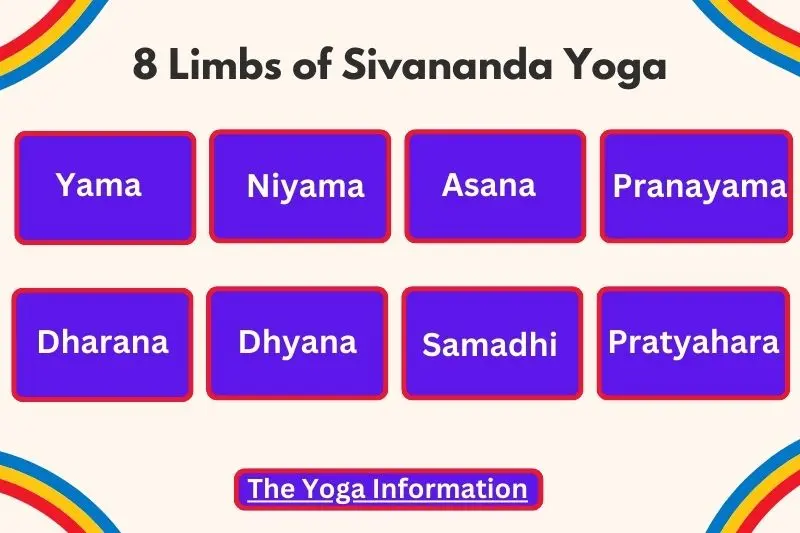
- Yama
The first limb of Sivananda Yoga is Yama, which refers to the ethical principles of yoga. The five Yamas are Ahimsa (non-violence), Satya (truthfulness), Asteya (non-stealing), Brahmacharya (celibacy or self-control), and Aparigraha (non-greed). These principles guide practitioners to live a life of integrity, non-harming, and self-restraint.
- Niyama
The second limb of Sivananda Yoga is Niyama, which refers to the personal observances of yoga. The five Niyamas are Saucha (cleanliness), Santosha (contentment), Tapas (discipline), Svadhyaya (self-study), and Ishvara Pranidhana (surrender to a higher power). These practices help practitioners cultivate inner peace, self-awareness, and spiritual growth.
- Asana
Asana refers to the physical postures of yoga. Sivananda Yoga incorporates a set sequence of 12 basic postures, including the headstand, shoulder stand, and fish pose. Practicing asanas helps to improve flexibility, strength, balance, and overall health.
- Pranayama
Pranayama refers to the practice of breathing exercises in yoga. Sivananda Yoga emphasizes a few basic pranayama techniques, including Kapalabhati (breath of fire), Anuloma Viloma (alternate nostril breathing), and Ujjayi (victorious breath). These practices help to improve lung capacity, calm the mind, and reduce stress.
- Pratyahara
Pratyahara refers to the withdrawal of the senses from external stimuli. Sivananda Yoga encourages practitioners to practice Pratyahara by turning their attention inward and focusing on their breath during meditation.
- Dharana
Dharana refers to concentration or holding the mind in a single point of focus. Sivananda Yoga uses various techniques to improve concentration, such as visualization, chanting, and repeating mantras.
- Dhyana
Dhyana refers to meditation or the practice of quieting the mind. Sivananda Yoga emphasizes the practice of meditation as a way to connect with one’s inner self and achieve spiritual growth.
- Samadhi
Samadhi refers to the state of ultimate consciousness or enlightenment. Sivananda Yoga views Samadhi as the ultimate goal of yoga, where the practitioner experiences a state of pure awareness and oneness with the universe.
Tips for practicing Sivananda Yoga for self-discovery
Practice regularly
Sivananda Yoga is all about consistency and regularity. Practicing Sivananda Yoga regularly will help you to achieve your goals. It is recommended to practice at least three times a week for beginners. As you progress, you can increase the frequency of your practice. Consistency in your practice will help you to deepen your understanding of yourself.
Focus on your breath
In Sivananda Yoga, the breath plays a crucial role. Focusing on your breath during asanas and pranayama will help you to connect with your inner self. It will also help you to calm your mind and release stress. The Ujjayi breath is a popular breathing technique in Sivananda Yoga that helps to calm the mind and soothe the nervous system.
Start with the basics
If you are new to Sivananda Yoga, it is important to start with the basics. There are 12 basic asanas in Sivananda Yoga that are practiced in a specific sequence. These asanas help to stretch the body, increase flexibility, and improve circulation. Mastering the basics will help you to progress to more advanced poses.
Set intentions for your practice
Setting intentions for your practice is a great way to focus your mind and connect with your inner self. Intentions can be as simple as setting an intention to be present during your practice or focusing on a specific area of your life that you want to improve. Setting intentions will help you to stay focused and motivated during your practice.
Practice meditation
Meditation is an integral part of Sivananda Yoga. It helps to calm the mind, reduce stress, and improve overall well-being. Practicing meditation regularly will help you to connect with your inner self and discover your true nature. There are different types of meditation techniques in Sivananda Yoga, including mantra meditation, visualization meditation, and breath awareness meditation.
Embrace the philosophy of Sivananda Yoga
Sivananda Yoga is not just a physical practice, it is also a philosophy. Embracing the philosophy of Sivananda Yoga will help you to deepen your understanding of yourself and the world around you. The five points of Sivananda Yoga include proper exercise, proper breathing, proper relaxation, proper diet, and positive thinking and meditation. Embracing these points will help you to lead a balanced and harmonious life.
Conclusion
Sivananda Yoga is a holistic approach to physical and mental well-being that emphasizes the union between body, mind, and spirit. With its emphasis on breath control, relaxation, and meditation, Sivananda Yoga offers a path to stress reduction, increased flexibility and strength, and overall health. By incorporating the five principles of proper exercise, proper breathing, proper relaxation, proper diet, and positive thinking, practitioners of Sivananda Yoga can experience a sense of balance and harmony in their lives.
